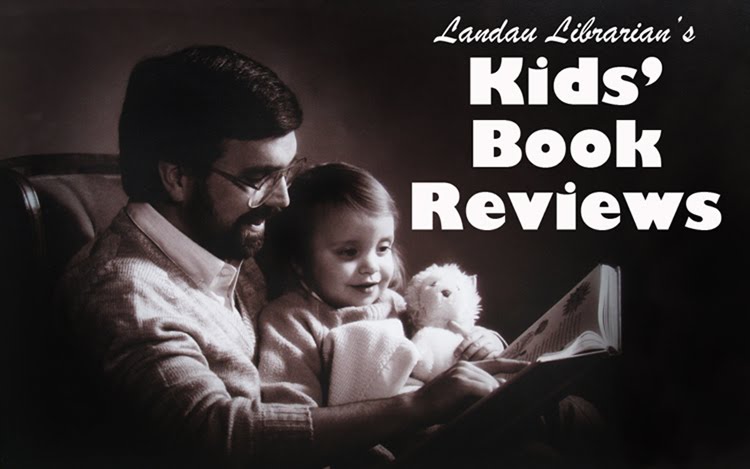
Little Pig Joins the Band
By David Hyde Costello
Charlesbridge
2011
It is hard to be the runt of the litter. You don’t measure up at the food trough, you’re always the last in line because your trotters don’t carry you fast enough…and in this picture book, you are too little to be in the band. Little Pig wanted to join his siblings when they got out Grandpa’s old marching band instruments, but he was too little for everything! He was outsized by the tuba, the trombone, the drums and every other instrument he tried. Once again, the runt of the litter was left out…until Little Pig realized this band needed a leader, and there is your happy ending!
The theme of Costello’s book is nothing new—the littlest (fill in the blank with your favorite breed of animal or human) is left out until they figure out a way to triumph. But the author makes the story special through precise text and loveable illustrations. There is a subtext included on most pages that consists of little side comments by the pig family. While these were not useful when performing this book during storytime, I imagine young solo readers would enjoy the piggy banter.
Trot down to your local bookstore and pick up a copy of this book. You will undoubtedly squeal with delight when reading Little Pig Joins the Band.







 Press Here
Press Here
















